
2) The rest of the photos in this series were taken with my old trusty Canon 20D. Here we see one of the local Bobcats which call San Joaquin Wildlife Sanctuary home. This photo was taken about 2 miles from my home. It always thrills me to find wildlife in such a suburban setting.
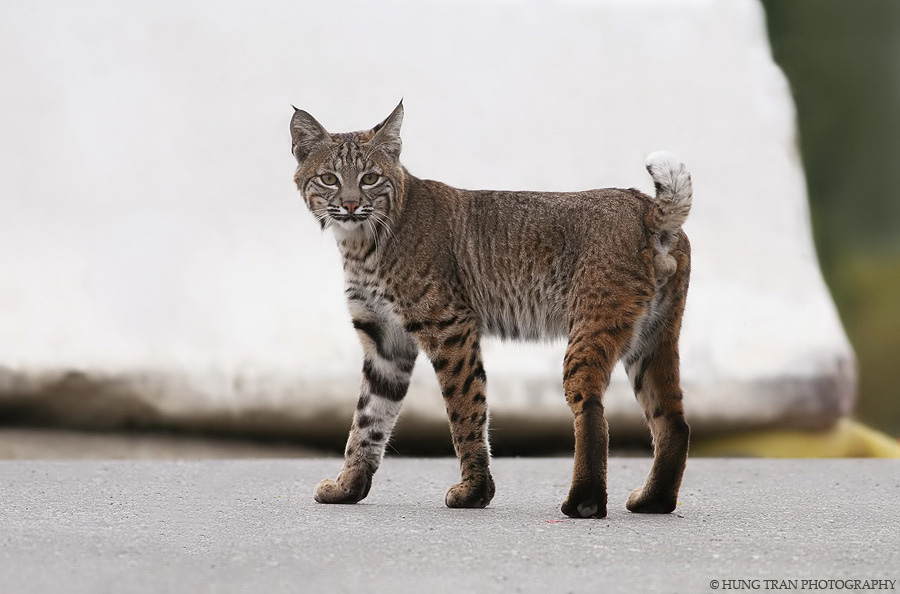
3) A close up shot. I always try to get a tight shot of my subject. It really brings the viewer into the shot. It creates a certain intimacy with the subject instead of just seeing it off in the distance. This requires expensive telephoto lenses. Be warned, wildlife/bird photography is not a cheap hobby.
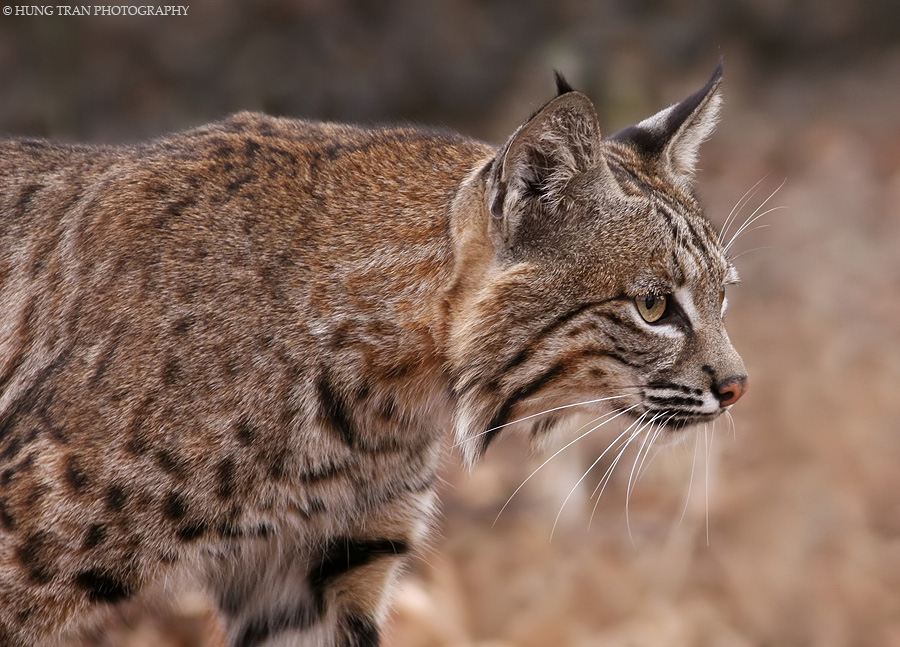
4) The best time for nature photography is either the 1st morning light or the late evening/sunset light. This is referred to the golden light. It gives the pictures a warm color tone. Plus depending on how you position yourself in relation to the light on your subject, you will be able to get a more even exposure of your subject. This helps to avoid the harsh light and shadows you will get shooting around mid-day. I shot this Long Billed Curlew right before sunset.
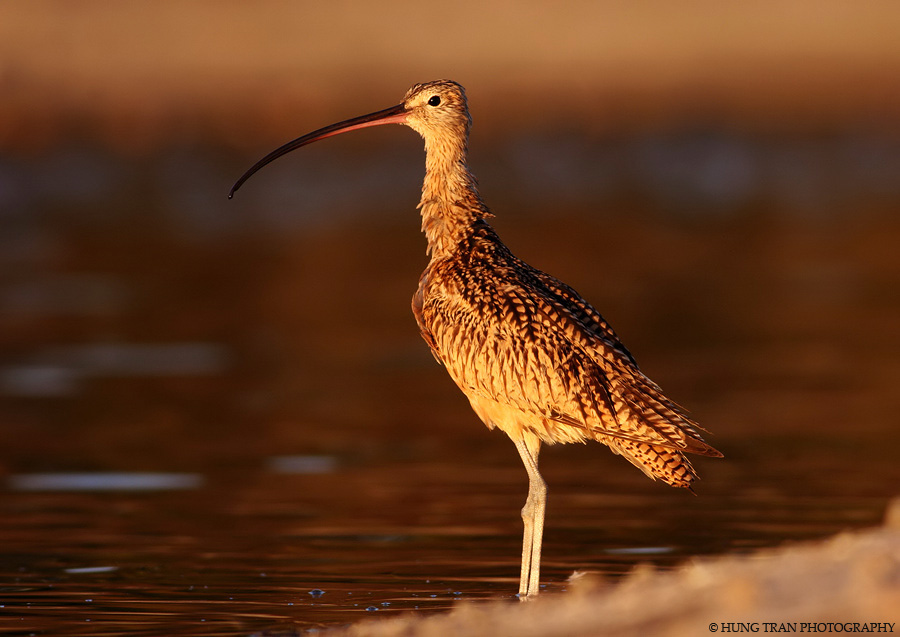
5) When you photograph a bird in flight, you are capturing it in it's most natural and beautiful environment. It is quite a challenge to get a sharp focus lock on such a small target zooming through the air. I use a Canon 400mm f5.6 lens which was designed so perfectly for photographing birds in flight. It just snaps into focus instantly. It's light enough to shoot hand held without a tripod. This lens is sharp wide open which gives you plenty of light to keep your shutter speed up to freeze the motion. Without a doubt, it is my favorite lens out of my collection. Here we have a Northern Shoveler.
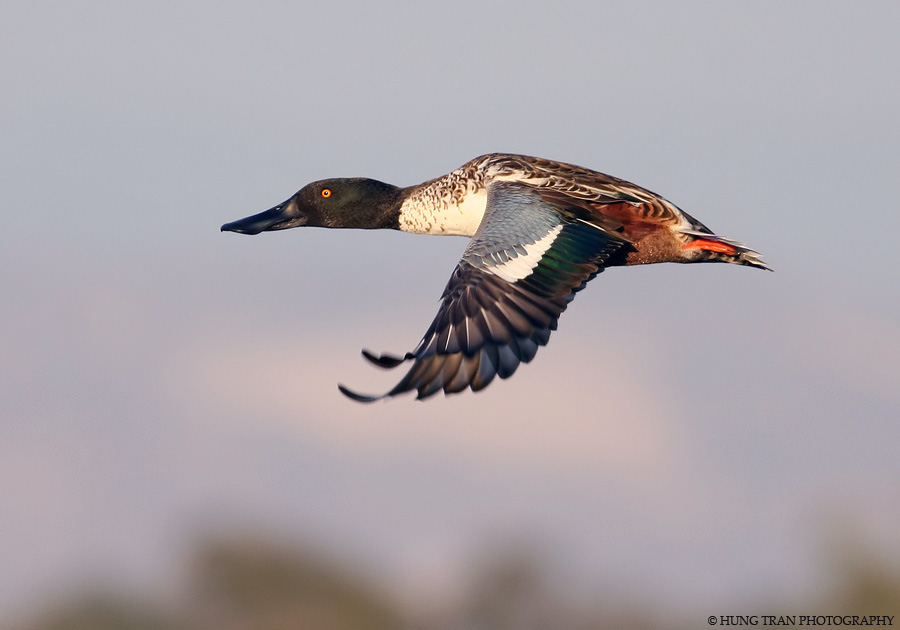
6) Can anyone spot the Burrowing Owl in this shot? This was a first for me. I have never photographed an owl before, let alone a Burrowing Owl. It is the only owl that digs a hole in the ground to nest. This little guy was about the size of plump orange. This shot cracks me up seeing it peeking out from behind the rock pile.
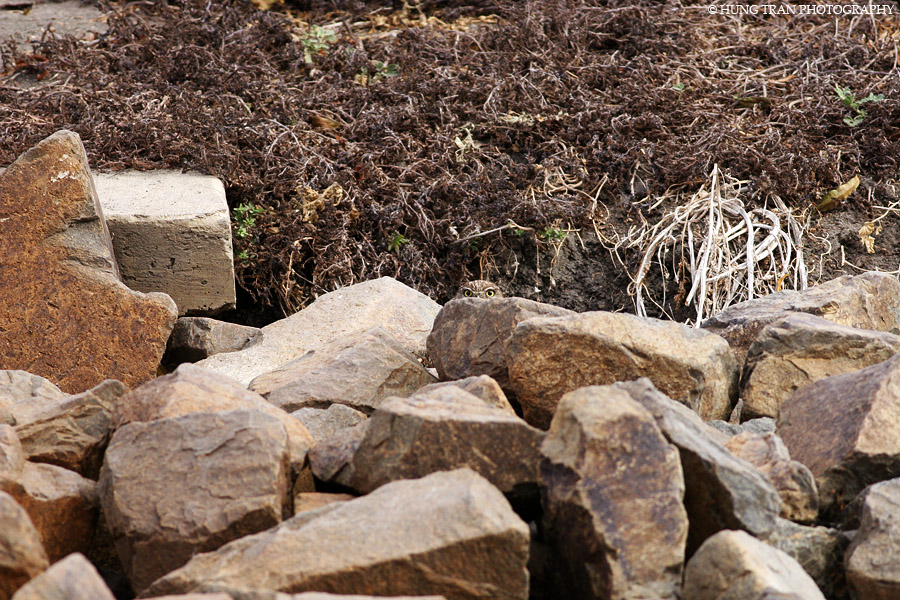
7) Here is a closer shot of it. I didn't want to spook it, so I stayed a respectful distance away.
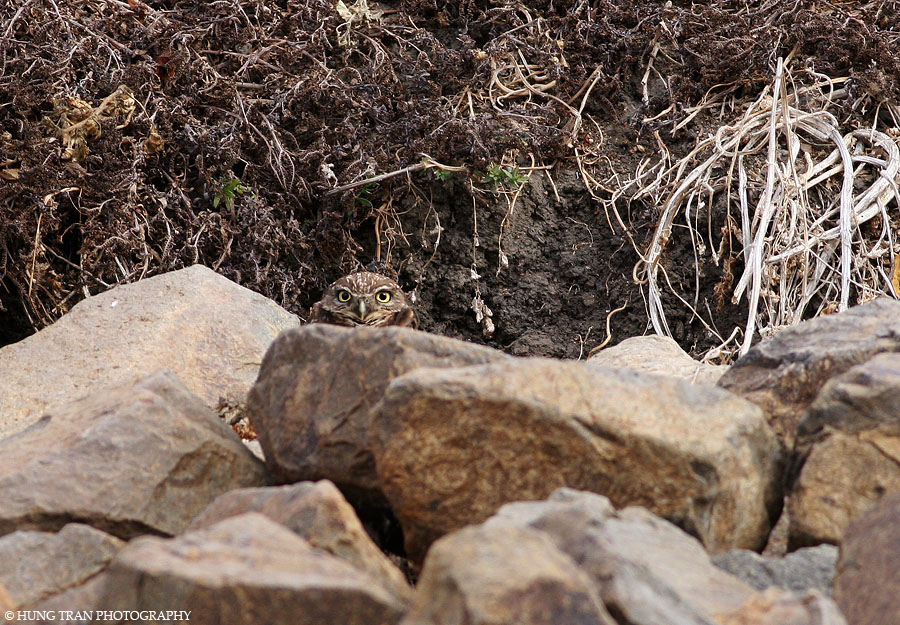
8) Even though the focus of wildlife photography is on the subject, you should not forget the background. The background is like a canvas on which you want to showcase your particular subject. I try to keep my backgrounds as clean and non-distracting as possible. When you shoot with a telephoto lens with the aperture wide open, you can often get clean shots like this where the background is blurred nicely. I took this shot of a Say's Phoebe on the side of a walkway between 2 ponds. The green came from a patch of grass which was growing on the opposite bank of the pond. Even though the subject is not as sharp as I would have liked, I kept the shot because I really dig the clean, soft, water color green background. I thought it made for a peaceful composition.
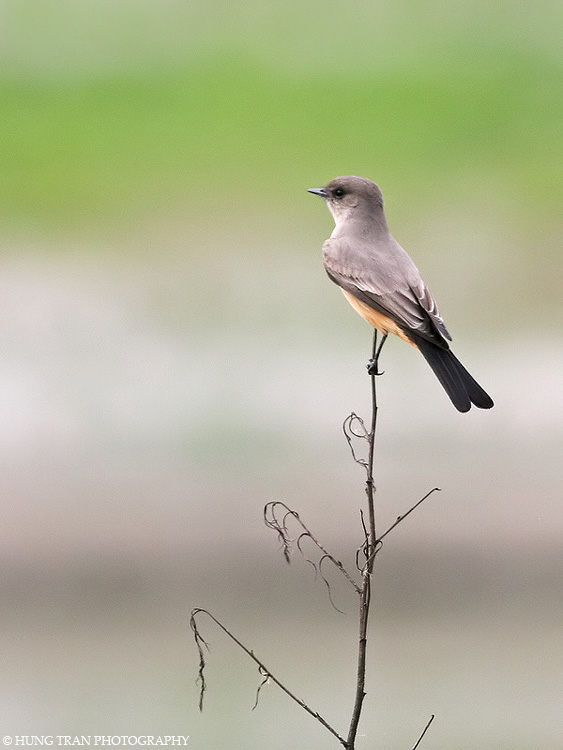
9) When the temperature drops during winter time, the Cedar Waxwings from the local mountains will come down and pay us a visit. They feast on the winter berries and will usually be gone in about a week. A whole flock will descend upon a berry bush and pick it clean.

10 ) This is a classic Cedar Waxwing shot. After they pick the berry they will flip it into the air to swallow down. You can also see a 2nd Cedar Waxwing in the back in mid bite. It would have been awesome if I had caught them with both berries in mid air. Haha.

11) Sometimes when the action is fast and furious, I just hammer down on the shutter button and let loose with the 5 frames per second. When I get home and review my shots on the computer, sometimes you get lucky and catch an interesting action shot like this one. One bird is coming in for a landing, while another one is taking off with a berry in its beak.

Beautiful work...love the Bobcat shot.
ReplyDeleteamazing shots, as always
ReplyDelete1: Nice clean shot, great detail in focus
ReplyDelete3: I love it when you take us up close and personal with the wildlife.
6: hahhaa... this is probably one of my favorites of all time. Really cute little guy.
11: The dynamics of this picture is really awesome. Great catch!
what a nice escape from my workday. Looking at your photos, I think actually natural light > golden light. similarly, I think people shots look so much nicer with an SLR's bounce flash than with no flash or (yuck) direct flash.
ReplyDeletethe burrowing owl is so cute!
1: I continue to be impressed by the 5D.
Awesome shots! I often go to Bolsa Chica Wetlands in Huntington Beach during the summer, and now that I have got to know about this Sanctuary I really want to come and visit. I understand winter might have been better, but I won't be able to. I would really love to see a bobcat, but birds photos are great! I have just opened a photo blog and I hope to add interesting photos!
ReplyDeleteGuido
http://searchimpressions-life.blogspot.com